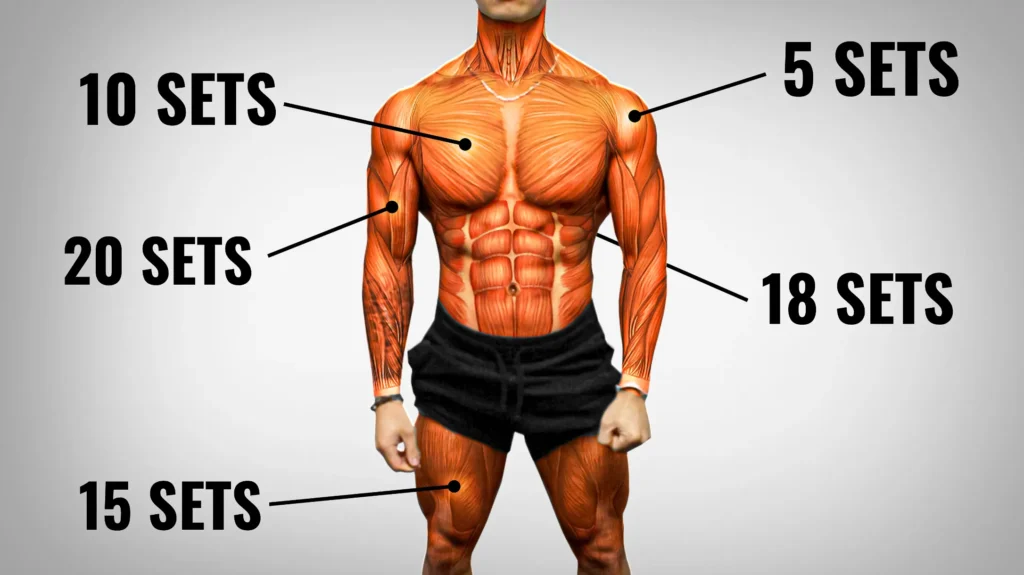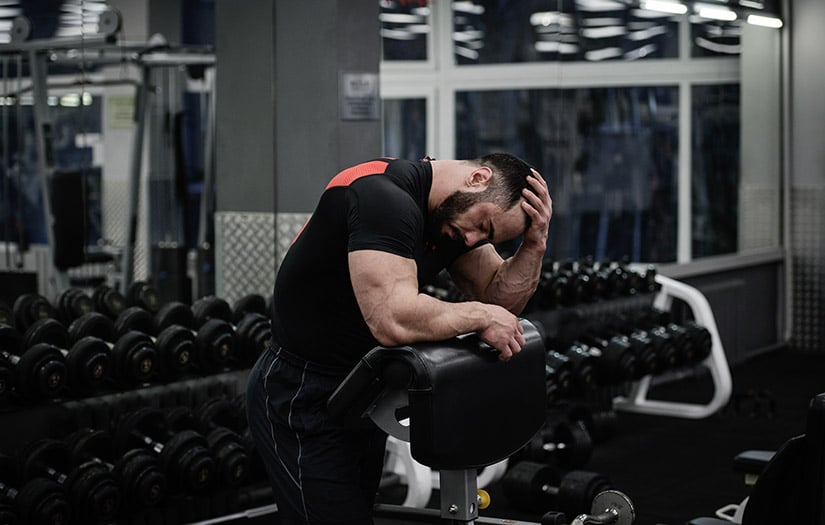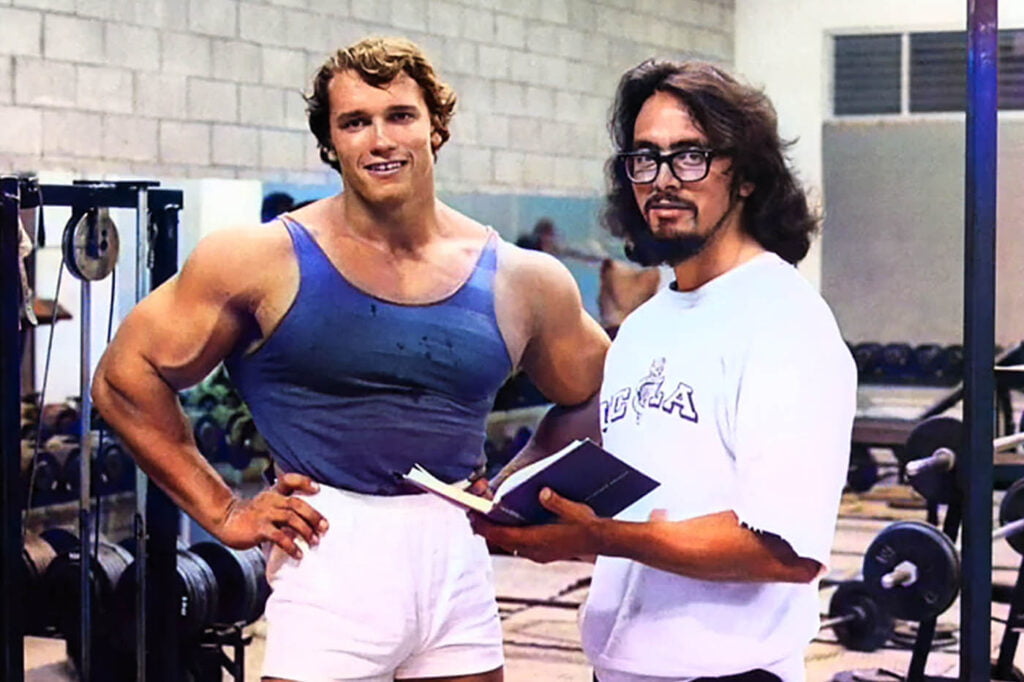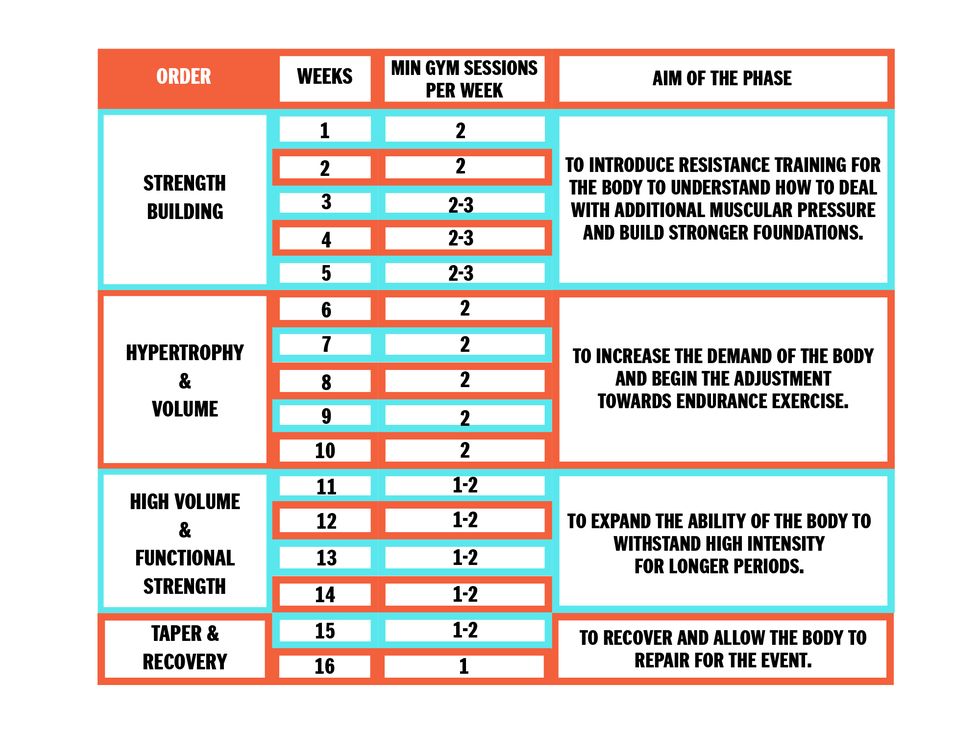Most bodybuilding routines recommend 3 to 5 working sets per exercise. This range optimizes muscle growth and recovery.
Bodybuilding demands precision and commitment to achieve optimal results. One crucial aspect is determining the right number of working sets. Working sets are the sets performed with maximum effort after warm-ups. They play a pivotal role in muscle hypertrophy and strength gains.
Balancing intensity and volume is essential to avoid overtraining and injury. Experts suggest 3 to 5 working sets per exercise to stimulate muscle growth effectively. This range ensures muscles are adequately challenged while allowing sufficient recovery. Understanding your body’s response and gradually adjusting sets can lead to significant progress in your bodybuilding journey.
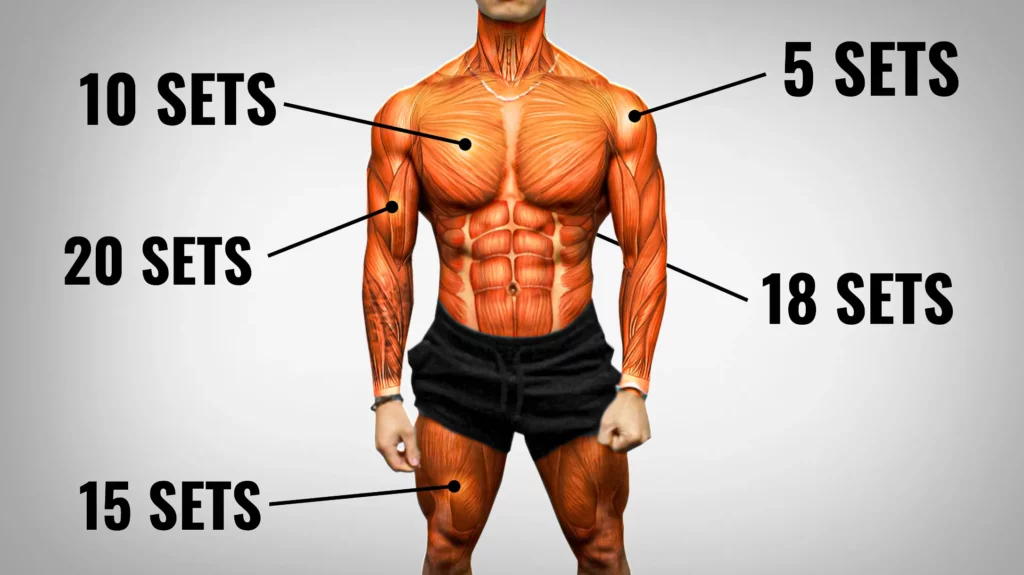
Credit: builtwithscience.com
Introduction To Working Sets
Working sets are the core of any bodybuilding routine. They are the sets you perform with full effort. These sets help build muscle and strength. Proper working sets are key for progress. They challenge your muscles and lead to growth. Resting between sets is also important. It helps you recover and perform better in the next set.
Importance In Bodybuilding
In bodybuilding, working sets have a major role. They push your muscles to their limits. This leads to muscle hypertrophy. Without working sets, progress would be slow. They are essential for achieving your fitness goals. Consistency with working sets is crucial. It ensures steady improvement and muscle gain.
Basic Concepts
Understanding basic concepts is vital. A working set involves lifting a weight for a set number of repetitions. Choose a weight that challenges you but allows proper form. Aim for 3-4 working sets per exercise. This balance helps in muscle growth and avoids overtraining. Keep track of your sets and progress for the best results.

Credit: www.thebodybuildingdietitians.com
Determining Optimal Working Sets
Fitness goals matter. Different goals need different sets. Strength training needs fewer sets. Building muscle needs more sets.
Experience level is important. Beginners need fewer sets. Advanced lifters need more sets.
Think about your training frequency. More sessions per week may need fewer sets per session. Fewer sessions might need more sets.
Everyone is different. What works for one may not work for another. Listen to your body. Adjust sets based on how you feel.
Recovery plays a big role. Some recover fast, needing more sets. Others recover slow, needing fewer sets.
Scientific Research Insights
Scientific studies show that the optimal number of working sets can vary. A study found that 10-20 sets per week for each muscle group is effective. Another study suggests that 12-18 sets per week yield good results. Both studies agree that overtraining can lead to injuries. It’s important to listen to your body and adjust as needed.
| Study | Recommended Sets | Notes |
|---|---|---|
| Study A | 10-20 sets | Effective for muscle growth |
| Study B | 12-18 sets | Good results |

Credit: m.youtube.com
Volume Vs. Intensity
Volume means the total amount of work done. It includes the number of sets and reps. High volume means more sets and reps. Low volume means fewer sets and reps. Volume is important for muscle growth.
Intensity refers to how hard you work. It is often measured by the weight lifted. High intensity means lifting heavier weights. Low intensity means lifting lighter weights. Intensity is crucial for building strength.
Practical Guidelines
Beginners should start with 2-3 working sets per exercise. This helps muscles to adapt and grow. Choose basic exercises to build a strong foundation. Focus on form and technique. Rest for 1-2 minutes between sets. This reduces the risk of injury. Consistency is key for progress.
Advanced lifters may need 4-6 working sets per exercise. More sets can lead to greater muscle growth. Include a mix of compound and isolation exercises. Rest for 2-3 minutes between sets. This allows for full recovery and better performance. Track progress and adjust sets as needed. Listen to your body to avoid overtraining.
Common Mistakes
Overtraining can lead to injuries. Your muscles need time to recover and grow. Pushing too hard can make you feel tired. Sleep patterns may change, and mood swings can happen. Muscle soreness can last longer. This can slow down your progress.
Undertraining can limit muscle gains. You might not see desired results. It’s important to find a balance. Too few sets can mean less strength. Motivation can drop if progress is slow. Consistency is key for muscle growth.
Adjusting For Different Goals
For hypertrophy, aim for 3-5 sets per exercise. This helps build muscle size. Each set should have 8-12 reps. Rest for 60-90 seconds between sets. This keeps the muscles working hard. Choose weights that challenge you. Progress by adding weight over time. Consistency is key.
Strength training requires heavier weights. Do 4-6 sets per exercise. Each set should have 4-6 reps. Rest for 2-3 minutes between sets. This allows muscles to recover. Focus on compound exercises. Examples include squats, deadlifts, and bench press. Gradually increase the weight. Proper form is essential to avoid injury.
Recovery And Rest
Muscle growth happens during rest, not just workouts. Overtraining can lead to injuries and fatigue. Recovery is essential for muscle repair and growth. Good recovery improves performance in the gym. It helps maintain motivation and energy levels. Proper rest supports overall health and well-being.
Sleep at least 7-9 hours each night. Use active recovery like walking or light stretching. Include rest days in your workout plan. Stay hydrated and eat a balanced diet. Listen to your body and adjust intensity if needed. Consider massage or foam rolling for muscle relief. Monitor progress and avoid overworking the same muscle groups.
Real-life Examples
Many bodybuilders use different working sets to achieve their goals. John, a professional bodybuilder, does 15 working sets per muscle group weekly. He noticed significant gains in muscle size and strength. Jane, an amateur, started with 10 sets and increased to 12. She saw improved endurance and muscle tone.
Mark, another enthusiast, experimented with 20 working sets. He found it too taxing and reduced to 16 sets. This balance helped him gain lean muscle mass without fatigue. Each body responds differently, so it’s essential to find the right number for your goals.
Emma, a fitness coach, recommends her clients start with 8-10 working sets. Her clients see consistent progress and avoid burnout. Tom, a gym owner, shares his story of using 12 sets. He built strong, defined muscles over time.
Sarah, a personal trainer, found success with 14 sets. Her approach led to steady muscle growth and strength. These stories show the importance of customizing working sets based on individual needs and goals.
Frequently Asked Questions
Is 20 Working Sets Too Much?
Twenty working sets might be excessive for most people. It can lead to overtraining and hinder recovery. Aim for quality over quantity, and listen to your body. Adjust sets based on individual goals and fitness levels.
Is 3 Working Sets Too Much?
Three working sets are typically not too much. Many find it effective for muscle growth and strength. Adjust based on your goals.
Is 5 Working Sets Too Much?
Five working sets can be effective, but it depends on your fitness level and goals. Adjust as needed.
Is 3 Or 4 Sets For Muscle Growth?
For muscle growth, aim for 3 to 4 sets per exercise. This range balances intensity and volume effectively.
Conclusion
Finding the right number of working sets is key for bodybuilding success. Experiment to see what works best for you. Listen to your body and adjust as needed. Consistency and proper recovery will yield the best results. Stay committed and watch your strength and muscle growth improve over time.
Happy lifting!

